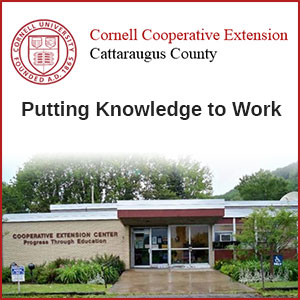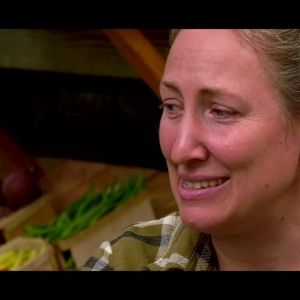Other Ag News: Take Action: This Farm Bill Should Center Conservation, Not Consolidation
This week, farmers, consumers, and advocates across the country are making calls to Congress with a central message: pass a farm bill for all farmers that centers conservation, not consolidation. Farm bill negotiations may be heating up once again after a standstill that has left members of Congress divided about what to prioritize. Now is the time to act.
Take Action!This week is the Farm Bill for All Farmers Week of Action: Conservation Not Consolidation.
Farm safety net subsidies reward an industrial farming model that contributes to climate change, soil erosion, and farmland consolidation in agriculture. Increasing commodity subsidies to benefit a few farmers at the expense of popular nutrition and conservation programs would be an expensive investment that exacerbates these problems.
Make your voice heard! Tell Congress our tax dollars should fund programs that keep families fed and fund proven conservation programs that build resilient food systems – instead of giveaways that exclude most farmers and fuel farmland consolidation.
We’ve made calling and emailing your lawmakers as easy as possible. Tailored call scripts and automated email templates are provided, and you will be connected only when you are ready.
BackgroundIt’s possible that an expensive proposal in farm bill negotiations on Capitol Hill could be funded by cuts to other farm bill programs – namely, cuts to the Supplemental Nutrition Assistance Program (SNAP) and cuts to money allocated to climate-smart farming practices and conservation programs through the Inflation Reduction Act (IRA).
The proposal aims to raise commodity program subsidies by anywhere from $20 to $50 billion. The US Department of Agriculture (USDA) commodity programs include the Price Loss Coverage (PLC) program, which makes payments to farmers when the average market value of a commodity (such as corn, soybeans, cotton, and peanuts, but excluding fruits and vegetables) falls below a price floor, or “reference price,” that is set in the farm bill. Despite its enormous price tag, increasing PLC reference prices to reflect recent peaks in the commodity market could primarily benefit as few as 6,000 farmers or 0.3 percent of farms.
NSAC believes that a robust, subsidized safety net is an important tool to keep farmers farming amidst unforeseeable market shocks or when disaster strikes. However, the current farm safety net – which includes federal crop insurance, commodity programs, and disaster assistance – falls short of meeting the needs of the diversity of American agriculture and contributes to resource concentration that primarily benefits relatively few farms in a handful of states with the most acres planted to row crops.
This drives structural unsustainability at the heart of the U.S. food system because these subsidies incentivize risky forms of commodity production – systems based on annual monoculture crops, overly reliant on off-farm chemical inputs, and which chronically overuse tillage. This style of commodity production contributes to soil erosion and worsening climate change. The concentration of resources in the hands of industrial farms also contributed to the alarming loss of 145,000 farmers and the trend toward farmland consolidation revealed in the 2022 Census of Agriculture.
Instead of providing more money to cover the cost when this small group of large commodity farms loses crops to droughts and floods, this farm bill needs to invest in helping all farmers build resilience into the landscape of their operations. The farm bill must protect historic investments in conservation programs that include incentives to adopt climate-friendly practices, many of which improve a farm’s ability to endure all manner of natural disasters. Instead of promoting dependence on federal subsidies that externalize risk onto taxpayers, the adoption of conservation practices and diversification can stop losses before they happen and improve farmers’ bottom lines.
USDA conservation programs are very popular among farmers and ranchers nationwide, but they are oversubscribed and underfunded. In 2020 and 2022, roughly three out of every four farmers who applied to the Conservation Stewardship Program (CSP) and Environmental Quality Incentives Program (EQIP) were turned away due to a lack of funding. Even with IRA funds available beginning in Fiscal Year 2023, new reporting shows this trend has continued. Since conservation practices are a vital bulwark against climate change for farmers and ranchers, more funding to help farmers adopt risk-reducing conservation practices helps keep more farms on the landscape and more small businesses in rural America. That is one of the many reasons it is so important to protect historic investments in climate-smart conservation from any cuts.
Read NSAC’s report to learn more, Unsustainable: State of the Farm Safety Net.
The post Take Action: This Farm Bill Should Center Conservation, Not Consolidation appeared first on National Sustainable Agriculture Coalition.
Signup for the Ag Newsletter
Get the freshest farm news, events and updates from in and around Cattaraugus County, NY at least once a month! Go signup!
Other ways to stay connected:
Get Involved in Farming
Resources for Starting a Farm in Cattaraugus County
Profile of Cattaraugus County soils
Agriculture Career Exploration
Questions about farming? Find out Who to Call











